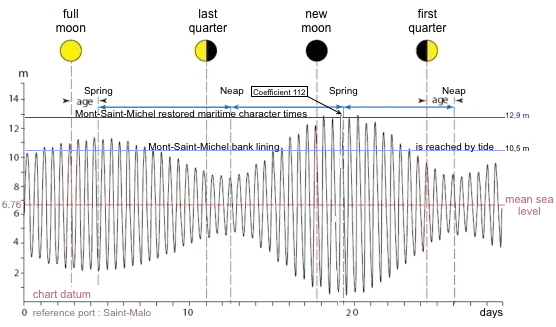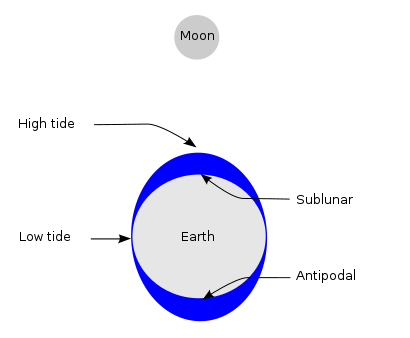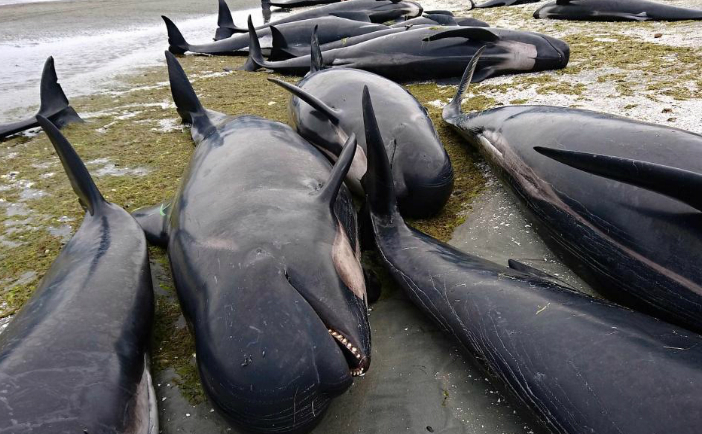Why are dying the pilot whales?
Ovidiu Banea,
Environmental Ecology MSc,
Reykjavik
3rd of August, 2019
On 19th-20th and 22nd of July 2019 we wanted to understand what happened with the pilot whales in SE Snaefellness, 4 km far from the sand beach where 53 whales died after stranded.
On 2nd of August 2019, just after 23.00H, cultural Association received an information that the whales are beaching again in Garđur we looked at the tide levels and we knew that at 1:30 will start the worse period of the stranded whales! With Ghebaur Daniel responsible of Ecotourism Department, Romanian - Icelandic NGO and with Corneliu Platon, we arrived at the stoned beach at 1:20 minutes AM.
We found an enormous force deployment with more than 30-50 Professional rescuers, police, secured area, but huge activity of wetting the whales skin at shore but also in large.
We registered ourselves like volunteers and asked authorities if their is place for us. The operation chief commander allowed us to go down when he saw us with cubes, masks and gloves.
With Agnes, Piotr, Ragnar, Saemunđur and other motivated people we took care of 9 whales during more than 4 hours until the tide arrived again to better levels, around 6:30 AM.
We saw many teams all over the shore, but also in the water, many pumps which were bringing the water from the Ocean closer to the stranded whales. I counted at least 7 dead whales and one was shot by the police with 3 bullets (to avoid the suffer). But more than 30-40 whales were released. As they were released and water increasing it was clear that they did not want to go to the Sea, but staying and coming back to the other not-released whales despite the efforts made by the special boats.
Daniel Ghebaur, Ovidiu Banea si Corneliu Platon
before the registration to the chief commander of the rescue operation.
With Ragnar, Agnes, Saemundur from Iceland, with Piotr from Poland and other volunteers without specific equipment we were ensuring the wetting of the whales more exposed to the shore and stones. The most exciting moment I had during this operation was when with Ragnar we looked to the right eye of a whale we were taking care and it seemed to us that she was smiling to us.
Development of the rescue operation near the shore. Far in large, other professional teams were securing the other stranded whales.
Causes of Cetacean (with teeth) beaching:
Cetacean beaching is far to be well understood (might be one matriarch goes closer to the shore because of sickness or another due to a difficult delivery, or because they just follow #Aureliaaurita jellyfish or other food like algae or squid. I don.t believe they are following makrill to eat until I do not see it in their stomach content analysis.
Causes of stranding:
This became more clear to me after we analysed the causes of 53 pilot whales stranding around 18th of July 2018 at #Gammlaeyri sand beach at SE #Snæfellness Peninsula. The rapid tide-out! This might be the reason of the death of those 53 whales near Jóhannes & Ragnar Jónasson farm. During one of the three visits I did at their farm he told me that this year he observed an increased number of the seals from 20 in the last years to 40 this year. Kristjian from other closer farm told me he joined people while they were doing the movie and that he saw there 8 helicopters.
Tide and losses:
San Simon´s Island, Georgia (USA Today news) where 2 whales were reported as being dead on 16th of July 2019 and other 40 were pushed back to the see.
Fight for pilot whales, Iceland. 2nd of August 2019
Tide and its two weeks fluctuation
The tidal maximal spring (highest difference) and neap (lowest difference) ranges occur with fool moon or new moon when syzygy (alienation of the sun and moon) is taking place
The rapid tide out. Corneliu told me that yesterday was the spring tide and that also 2 weeks ago the tide difference was at maximum. Every two weeks the tide seems to favor the whales to arrive closer to the shore and from here the risk to strand is more evident.
Theory of Cetacean stranding at the spring tide times
by O.C. Banea, C. Platon & S.D. Ghebaur, 3.08.2019

Le Mont Saint Michel tide. Example of spring and neap tidal range.
by O.C. Banea, C. Platon & S.D. Ghebaur, 3.08.2019

Le Mont Saint Michel tide. Example of spring and neap tidal range.
There is a chance for whales to get closer to the shores while this high tide regim happen, the spring tide. Both accidents, at Gammlaeyri sand beach where 53 whales were spotted from helicopter on 18th (They migh have die on 16th like in Georgia, San Simon,s Iceland) and this stranding on the stoned beach near Keflavik airport on 2nd of August 2019, occurred at the spring tide times when the level of the water reaches its maximum. This together with the calm Sea water during these times might represent the main pilot whales stranding causes.
 The tide level when we were called (picture on left). We knew that we have to go and give help them if we can.
The tide level when we were called (picture on left). We knew that we have to go and give help them if we can.
The losses I observed were younger individuals with lower body size, but also, heavy injured whales. It is known that these whales can dive to 500 m to find their prey, the young calves probably are not so trained to do it so deep and their respiratory tolerance might be deficient. If they need more air they have to breve faster, they would spend their energy faster than their older relatives. To assess better the situation of the whales where we were working putting water on them, I asked colleagues to count every 10-15 minutes the whale respiration rate. The average was around 5-7 respiration per minute. We focused then on those with less rate. On one whale, the closest to the shore, which was laying on her right side I observed "myoclonic jerks" at least 2 - 3 times at a time distance of 50-80 minutes. I think these were sleep benign myoclonic jerks. I looked careful with Ragnar, she was looking to us. We believe she smiled also.
Science:
I imagine in the close future Iceland scientific community and these wonderful team of Professional Whale Rescuers (I thought that they belonged to the Whale Task Force) to do electroencephalograms to these whales and study their brain activity during the beaching time. Until then I only would wonder if there would be a possibility to study the diet of these whales, that related to the last 2-3 days, by analysing the stomach and intestine content of the dead individuals. Probably we can understand better their desire to beach.
Overall, I and my colleagues congratulate Iceland authorities for the rapid alert activation.
I believe the theory we support with two weeks stranding due to the coincidence with spring tidal regime would be not proved by another pilot whale stranding after 2 weeks when the new highest water level will arrive.
I believe the theory we support with two weeks stranding due to the coincidence with spring tidal regime would be not proved by another pilot whale stranding after 2 weeks when the new highest water level will arrive.
New Zealand 2017 (HERE)
Spain 2013 (HERE) It was believed that the whales tried to commit suicide as they were stranding again on another closer beach.
Iceland 2019 (HERE)
VIDEO 1 FROM ICELAND author: Bergling Árnardóttir 18th July 2019 (HERE)
VIDEO 2 FROM GEORGIA USA author: Paula English 16th of July 2019 (HERE)
VIDEO 3 FROM NEW ZEALAND, 2012 (HERE)











Niciun comentariu:
Trimiteți un comentariu